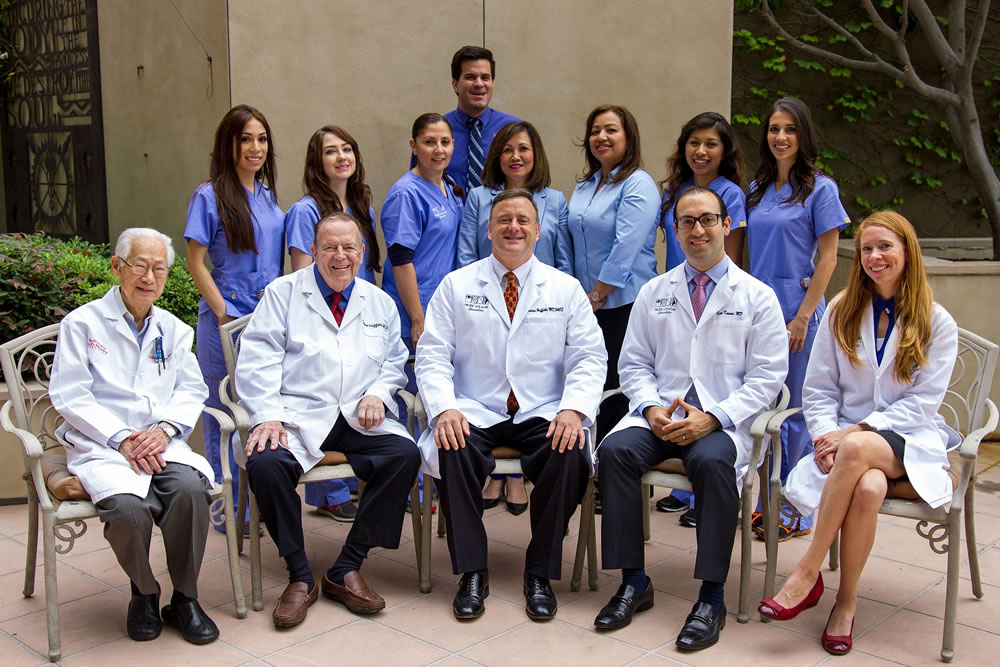Pediatric Chronic Ear Infections Treatment

The ear is made up of three different parts – the outer ear, middle ear and inner ear. Although infections can occur in any area, the middle ear is most susceptible. The middle ear is the area just behind the eardrum and connects to the nose through tiny passages called eustachian tubes. When fluid, often from a cold or other viral infection, builds up in the middle ear, it can become inflamed or irritated. Since children’s eustachian tubes are narrower than those of adults and therefore unable to clear the fluid as effectively, children are more likely to develop ear infections. Middle ear infections , also known as otitis media, are one of the most common childhood conditions. Three out of four children in the US will have at least one ear infection by the time they reach the age of 3, according to the National Institute on Deafness and Other Communication Disorders.
Certain risk factors place children at a higher risk for ear infections. Some of these factors include:
- Age, Family History
- Child Care, Race, Feeding Position
Ear infections can be hard to detect in young children due to a lack of communication. Symptoms of a middle ear infection typically include:
- Earache, Fever, Headache, Dizziness, Discharge
Your child may tug or pull at their ears, be irritable, cry often or have trouble sleeping if they are suffering from an ear infection. These symptoms often present themselves after a cold. An ear infection can be diagnosed by using an otoscope, a small lighted tube used to view the eardrum, as well as performing a complete physical examination of the throat, sinuses, head, neck and lungs. A hearing test may also be performed for chronic or recurring ear infections. Your can help reduce your child’s risk of ear infections by keeping them away from other sick children and secondhand smoke, breastfeeding and maintaining proper hygiene to prevent infection.
Treatment for chronic ear infections include:
Pressure Equalization Tube Placement / Tympanostomy Tubes
Children who suffer from repeat ear infections or fluid in the ear may benefit from ear tubes. Tympanostomy tubes, commonly known as ear tubes, are plastic inserts that are surgically placed in the eardrum under general anesthesia. The insertion of ear tubes can help allow air to enter the middle ear, allow fluid out of the ear, prevent future buildup of fluid and restore hearing.
Ear tubes are usually considered when a child has fluid in both ears for more than 3 months or has repeated ear infections. The tubes drain the ears of fluid and allow ventilation into the middle ear. Ear tubes usually stay in place for 6-12 months, at which time they fall out on their own or are surgically removed. The tubes are usually effective in preventing ear infection and the buildup of pressure and fluid.
Mastoidectomy
A mastoidectomy is the surgical removal of an infected portion of the mastoid bone (the prominent bone behind the ear) when medical treatment is not effective. Mastoidectomy is performed to remove infected air cells within the mastoid bone caused by mastoiditis, ear infections, or cholesteatoma (an inflammatory disease of the middle ear). The air cells are open spaces containing air that are located throughout the mastoid bone. They are connected to a cavity in the upper part of the bone which is connected to the middle ear. Infections in the middle ear can therefore spread through the mastoid bone, making surgery necessary if antibiotics do not work. A mastoidectomy may also be performed to repair paralyzed facial nerves.
Ossiculoplasty
Ossiculoplasty is a surgical procedure that repairs the bones within the middle ear to restore movement after they have been damaged by infection, disease, or trauma. This procedure is often performed in conjunction with tympanoplasty and is intended to improve hearing. During this procedure, an incision is made either within the ear canal or behind the ear to access the middle ear and may involve moving the bone or inserting a graft to improve the movement of the middle ear bones and allow for improved hearing. This procedure is performed under either general or local anesthesia on an outpatient basis in our Los Angeles area facility.
Otoplasty
Otoplasty is a surgical procedure performed to correct large, protruding or otherwise deformed ears. Unlike most other plastic surgery procedures, otoplasty is often performed on children, as well as adults. In addition to correcting ears that are naturally large or deformed, otoplasty can also repair damage caused by an accident or injury.
During the otoplasty procedure, an incision is made behind the ear to reshape the cartilage and adjust the size and position of the ears for a more natural-looking appearance. For children, this procedure is usually performed under general anesthesia, while adults usually require only local anesthesia and sedation. Both ears may be operated on in order to achieve better balance. The results of the otoplasty procedure are permanent and scars will fade with time to become less noticeable.
For more information, please call our office for a consultation with one of Pediatric ENT physicians – (310) 477-5558, or complete the form below.

Make an Appointment
Send us a message by filling out your details in the form below.

